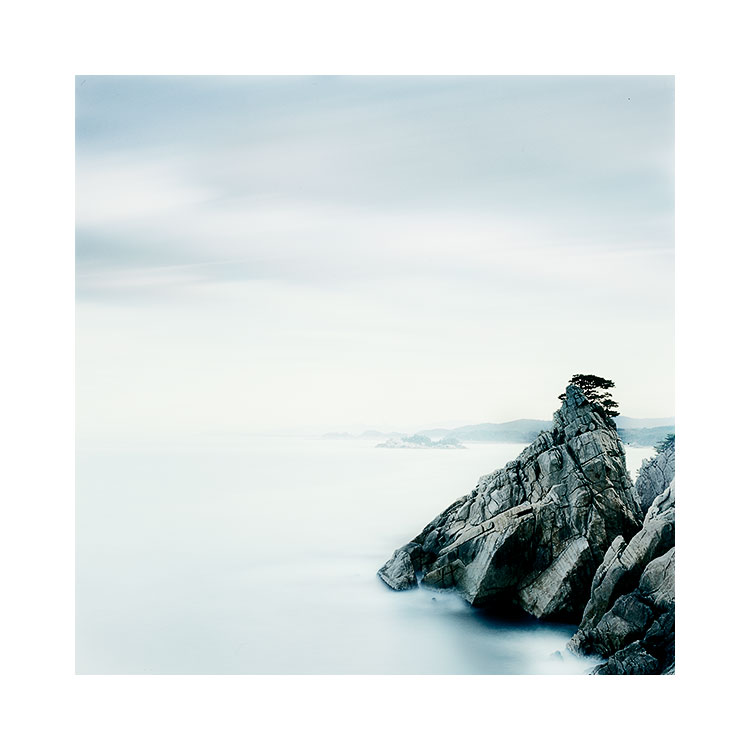Work on ‘Six images’ has been going well. I now have seven short videos finished. I have a further 4 left to do, and since I am on a workshop next week, work will resume on these once I am home.
Teaching can teach the teacher so much.
For the past two years I’ve tried several formats. The first year I tried to do the classes live, but there is just so much preparation, not to mention technical difficulties, and also nerves, It was difficult. Last year I settled on 1 hour pre-recorded classes, with a week to ask questions which I would then produce a further Q&A video about.
It worked well, but I am doubtful as to how many folks had an hour to listen to me drone on? :-)
So the format this time round is several 12 to 15 minute videos (that’s just the way they were turning out), and I think these ‘bite sized’ tutorials are more appropriate.
This is what I have so far:
Editing in a Nutshell (a distilled version of all my digital darkroom stuff)
Obtaining smooth tones & depth in your images (how to prepare your files for editing)
Creating compositional focus (how to lead the eye)
Creating 3D perception (photographs are 2D by nature, and so we need to use techniques to imply a sense of depth to the work)
And these are more or less the preamble :-) Foundation stuff. But I feel I got the message simpler in these. As I say: teaching can teach the teacher. I have learned so much about my own photography by having to sort out in my mind what I want to teach others. Sometimes you find yourself offering an answer to a question that you didn’t know you knew the answer to :-)
The last set of videos are per image. Each image takes around 15 minutes to dissect and explain the edits I applied.
I’m also hoping to put one further video together regarding ‘fine tuning’ the collection as a set. In musical terms, this is one of the main tasks of ‘mastering’. The mastering engineer takes all the songs for the album and ensure they sound consistent - similar volumes, similar tonality (some tracks may need more treble / bass or less). This is done so the entire set can be played right through with consistency. That’s what I do for my ‘set’ of images. I fine tune the tonalities.
I think I will have the last few videos complete in a few weeks.
I hope to offer this as a class towards the end of November / December, as I need to work it around my real-world workshops. Feeling very good about this work.




























